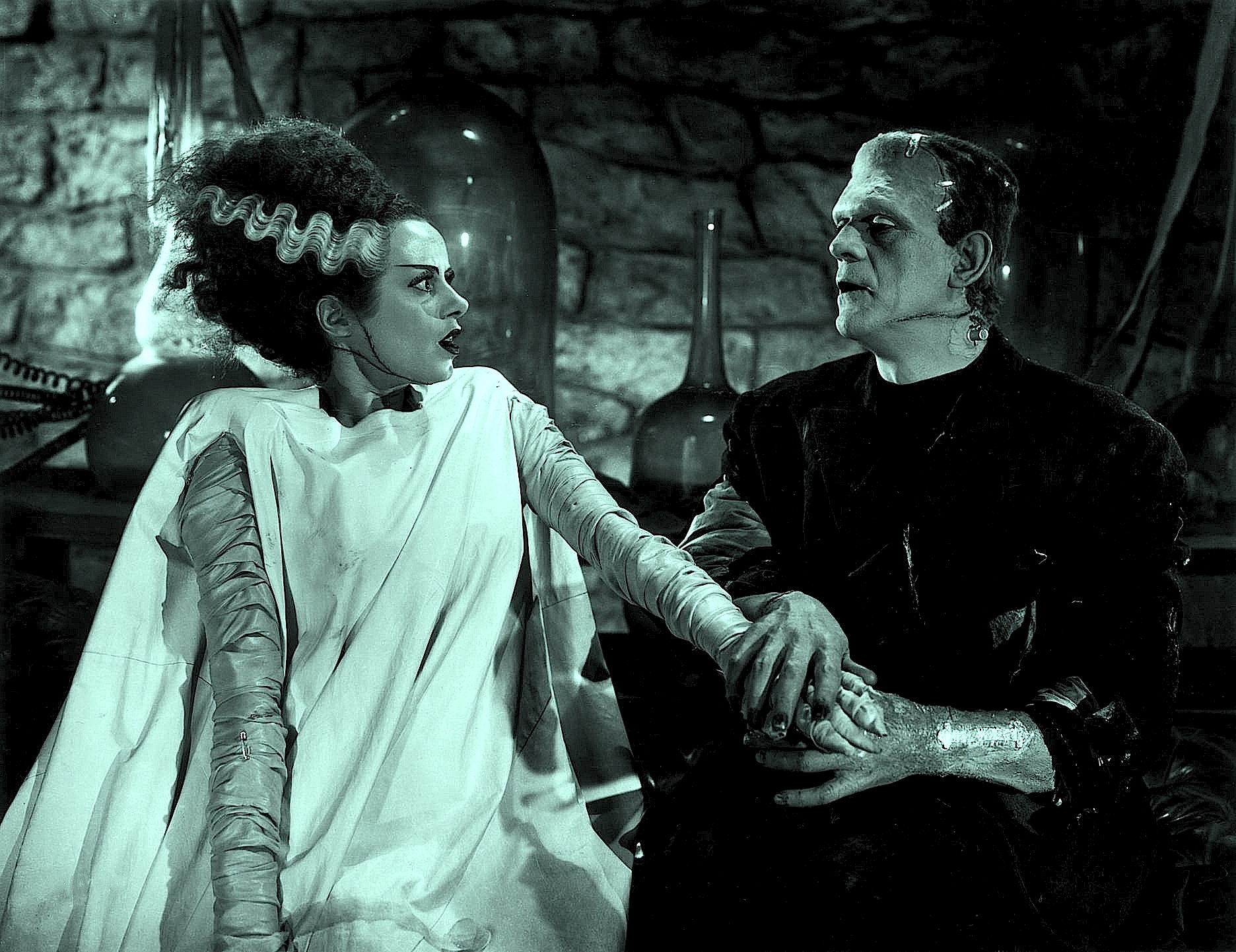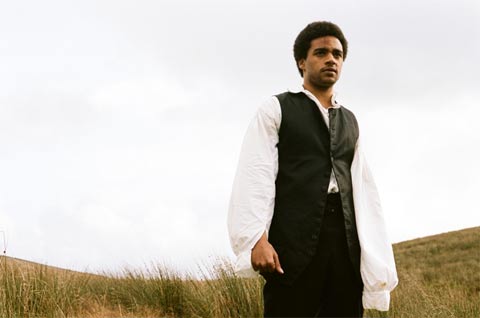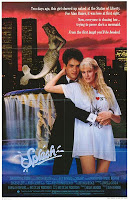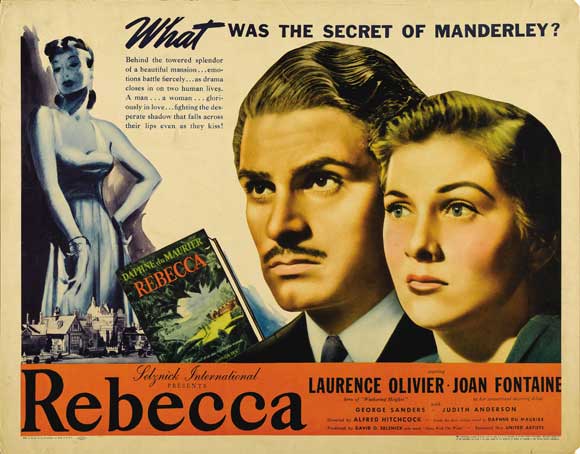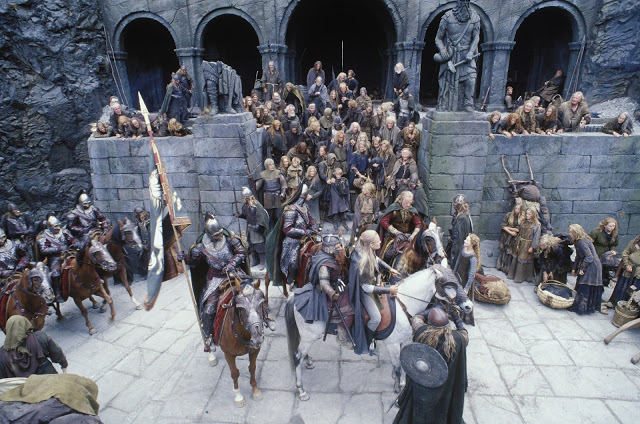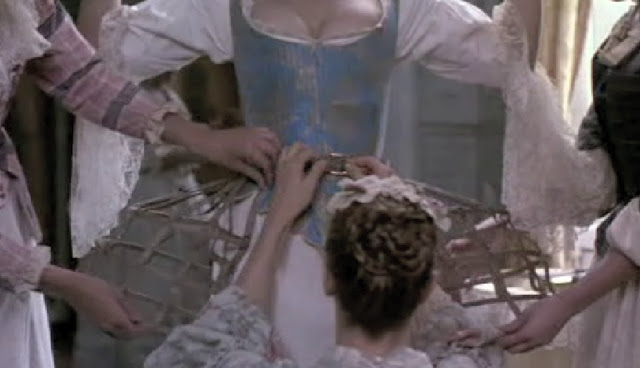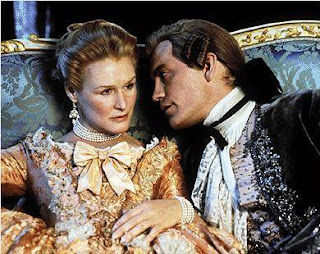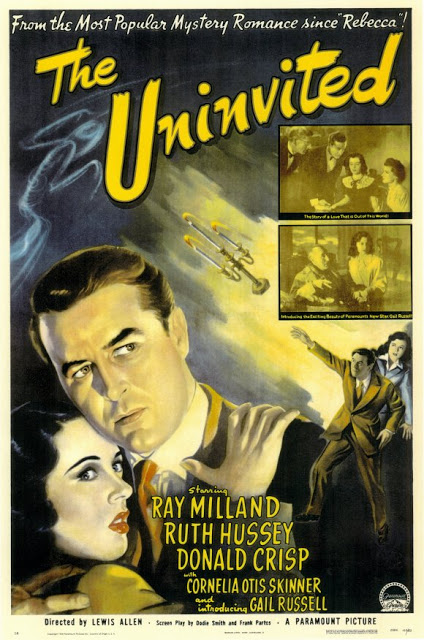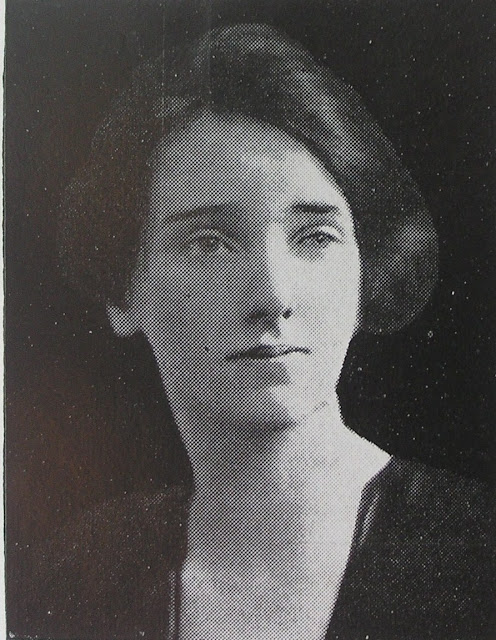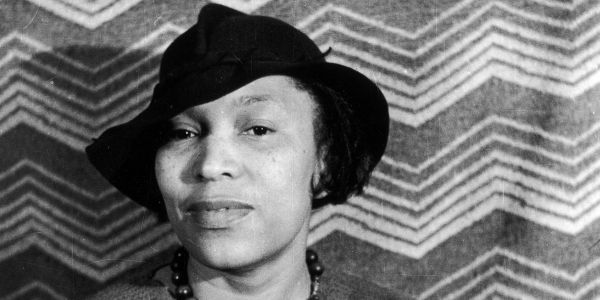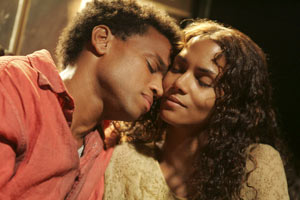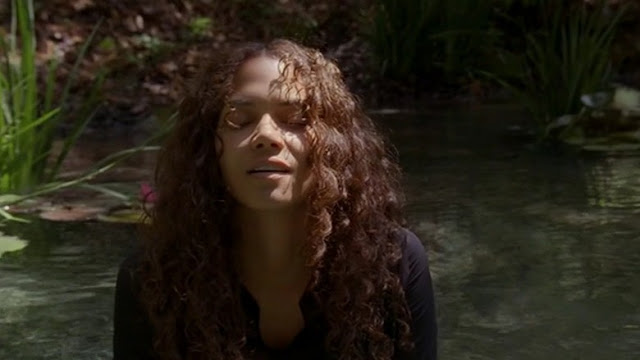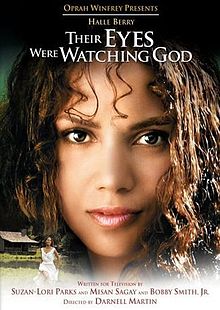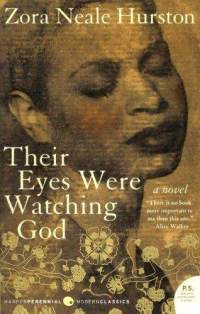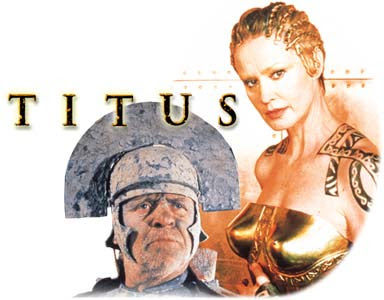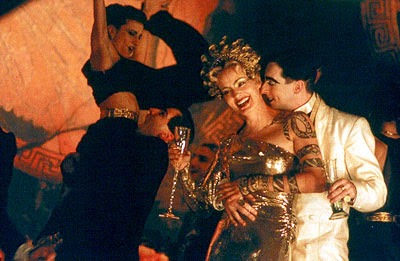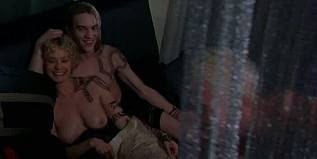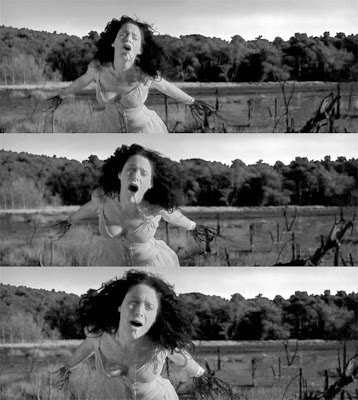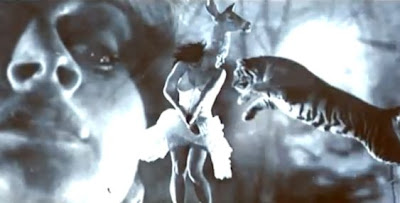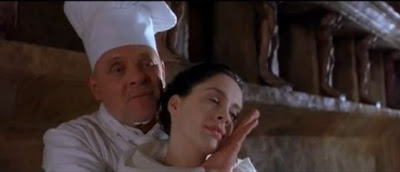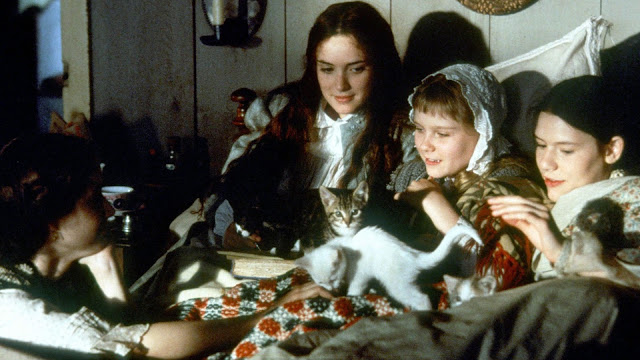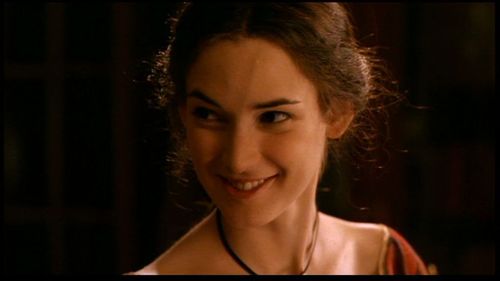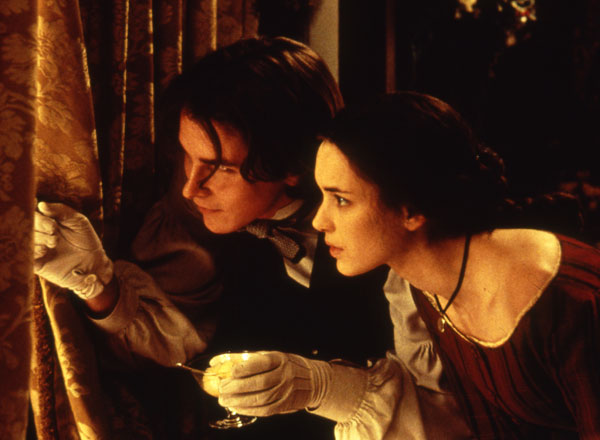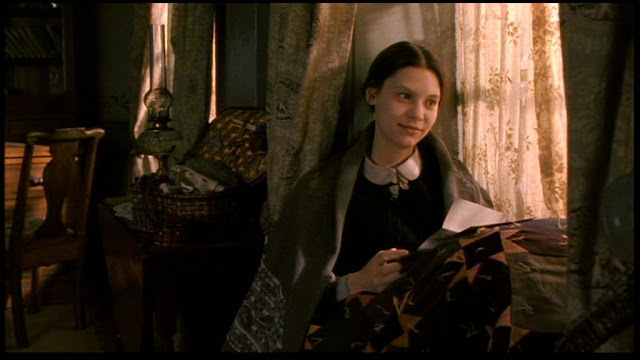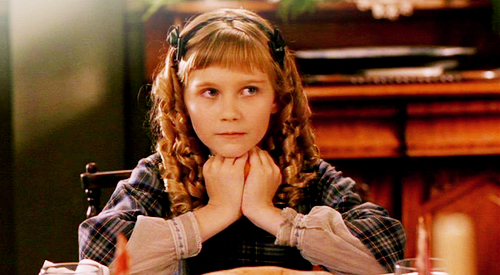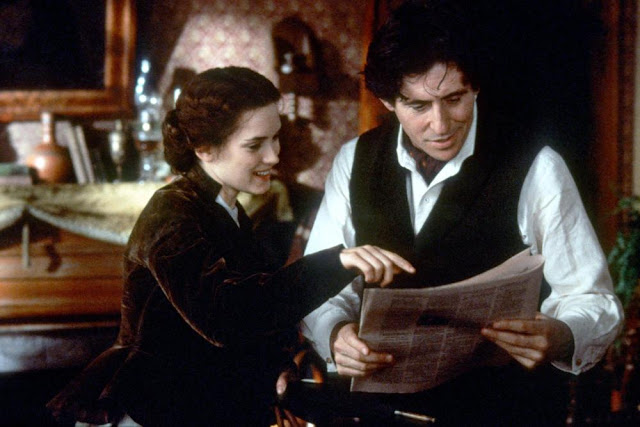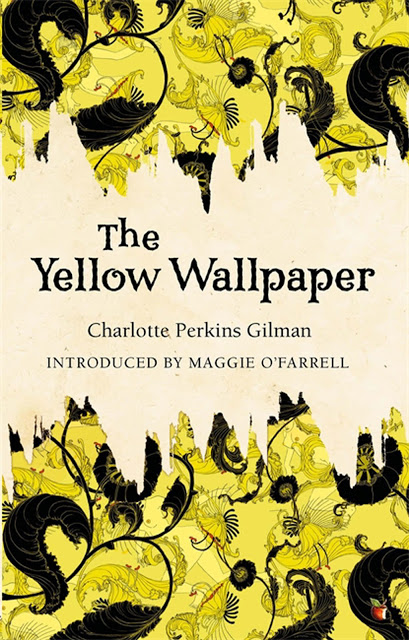As the daughter of pioneering feminist Mary Wollstonecraft, Mary Shelley inherited radical ideas about the intellectual abilities and sexual freedoms of women. She learned these ideas from her mother’s books rather than her presence, however, because Wollstonecraft died soon after her birth. Anne Mellor points to compelling evidence that the undated events of Frankenstein are set over the nine months of Mary Shelley’s own gestation, in 1797, with the date of Victor Frankenstein’s climactic death coinciding almost exactly with Mary Wollstonecraft’s. Created lovelessly as a theoretical experiment, Frankenstein’s monster is the ultimate icon of the unmothered child. Mary’s own beloved father, philosopher William Godwin, would disown his teenaged daughter when she became pregnant by married poet Percy Bysshe Shelley, a deeply personal betrayal that contradicted his theoretical conviction in anarchy, and motivated Mary Wollstonecraft Godwin to rename herself Mary Wollstonecraft Shelley. Mary Shelley was thus shaped by the trauma of parental rejection as a result of her sexuality, an experience common to girls of the 19th century and queer youth of the 20th.
How appropriate, then, that the greatest screen adaptation of Frankenstein should be the work of a gay man, James Whale, whose own identification with Shelley’s monster is explored in fictionalized biopic Gods and Monsters. Though there have been adaptations more technically faithful to the novel, none has been truer to its central pathos of maternal absence. It was because Whale acknowledged him as the film’s emotional core, that we now associate “Frankenstein” with the abandoned monster rather than his egoistic creator. Where Mary Shelley’s monster rapidly acquires educated speech, while his stigma is a physically undefined “ghastliness,” Whale’s monster evokes intellectual disability by his realistically slow learning, and his distorted physique equally provokes the audience’s ableism, luring them into complicity with the persecuting mob and challenging them with their own temptation to reject the “monster.” In sequel Bride of Frankenstein (whose very title suggests the monster as “Frankenstein”), Whale demonstrates his sympathetic understanding of Shelley’s emotional identification with her monster, by casting Elsa Lanchester in the dual role of Mary Shelley and the monstrous Bride. However, Whale challenges Shelley’s automatic association of the maternal with the absent female: the Bride’s rejection of Frankenstein’s monster shows that the maternal can be absent even when the woman is present, while the blind man’s nurturing care suggests that man can embody the noblest maternal impulse.
Elsa Lanchester as Mary Shelley and as Bride
“The Body,” the acclaimed episode of Buffy the Vampire Slayer‘s fifth season that portrays the death of Buffy’s mother, features a symbolic art class in which Dawn is instructed to draw the negative space around an object, rather than the object itself. In art teaching, drawing negative space is a recognized technique for breaking preconceptions and allowing the viewer to perceive with fresh accuracy. In a society that chronically undervalues the labor of motherhood, drawing its negative space is one technique for reassessing its worth. Opening with the narrative of a polar explorer who has abandoned his loving sister for territorial conquest, Frankenstein portrays the execution of a girl falsely accused of infanticide, the destruction of the monster’s bride and the murder of Victor Frankenstein’s own bride in vengeance. It may well be claimed that Shelley’s entire novel is a mapping of the negative space surrounding female nurture.
By choosing to bring forth the Bride (in the novel, Victor destroys the Bride before she’s completed), Whale develops Shelley’s theme from woman’s absence into her rejection, touching on painful legacies of maternally rejected queer and disabled youth. Frankenstein’s monster is created with a brain labelled “abnormal,” raising issues of inborn and predestined sinfulness, yet his violence is always directly provoked by cruel treatment and maternal absence. In Bride of Frankenstein, Whale conflates Mary Shelley with her monster through their joint embodiment in Elsa Lanchester, insightfully converting the Bride’s climactic rejection of Frankenstein’s monster into the author’s rejection of herself. To become adult is to assume responsibility for self-parenting. Because adults instinctively base their self-care on the model of their own parents, many suffer for life from absent nurture in youth. Frankenstein’s monster seeks a Bride-mother-lover to supply his lack of parenting, but the new monster is as lacking as himself. Though women are often imagined as unlimited sources of nurture, rather than humans wrestling their own psychologies, James Whale allows his Bride to be broken. Those to whom nothing is given, have nothing to give. Bride of Frankenstein should be celebrated for powerfully reclaiming the maternal as a learned capacity and a voluntary commitment, rather than an automatic quality of womanhood.
Elizabeth (Mae Clarke) rejects Boris Karloff’s “monster”
From its eerie opening of grave-robbing, Frankenstein cuts straight to the rejection of the female, as Henry Frankenstein (Shelley’s Victor Frankenstein is renamed Henry, while friend Henry is inexplicably Victor) writes to his fiancé Elizabeth, instructing her to wait for him: “My work must come first, even before you. At night the winds howl in the mountains. There is no one here.” In its howling winds, the film evokes Shelley’s endless polar wastes, visualizing fields of masculine achievement as deserts of desolation. Though his own father assumes that Henry must have abandoned Elizabeth for another woman, his scientific research is a substitute for all women, perhaps echoing William Godwin’s substitution of philosophical theories of liberation for personal support of his daughter’s freedom. As Henry successfully animates the monster, he cries out, “In the name of God! Now I know what it feels like to be God!” As Christianity teaches that we are sons and daughters of God, so Henry’s assumption of the divine role is surely the ultimate assuming of responsibility for self-parenting, leading to catastrophe precisely because of the deep flaws in his internalized parental model. Boris Karloff’s monster is justly iconic, his sinister appearance contrasted with the mute yearning in his eyes, his palms spread and beseeching for warmth, whether of companionship or simple sunlight. The instant that his monster becomes burdensome, Henry’s first impulse is abandonment: “Leave it alone! Leave it alone!,” displaying an assumed freedom to disengage that is typical of society’s model of fatherhood.
Shelley and Whaley question whether a man who has abandoned family for science can successfully parent his scientific creations, as Shelley’s prologue describes herself parenting the novel Frankenstein. Where Dr. Frankenstein understands public work and domesticity to be in opposition to each other, a patriarchal logic that segregates male and female, Shelley and Whale suggest rather that maternal care is demanded inseparably of both public and domestic spheres. It is Henry Frankenstein’s assistant Fritz, a hunchbacked “dwarf,” who viciously torments the monster with a burning torch, perhaps acting out his own parental model of hostility and rejection. Unlike Shelley’s novel, in which the monster kills as calculated punishment for Victor Frankenstein’s abandonment, Whale presents the monster’s first killings as justifiable self defense. Escaping the tortures of Frankenstein’s laboratory, the monster encounters Little Maria, a young girl who accepts him as a playmate. Through Little Maria’s moving acceptance, in the absence of parental supervision, Whale implies that intolerance must be learned from parental models. Little Maria shows the monster how flowers float, and he accidentally drowns her in compliment to her flower-like beauty. Meanwhile, Henry Frankenstein is driven back to his fiancée by revulsion at what he has created. Leaving Elizabeth at the monster’s mercy, by protectively locking her into her room, illustrates how counterproductive Henry’s efforts to control life have become. The film ends with the iconic image of a mob with burning torches, united to persecute the outsider and avenge the death of Little Maria. As the mob sets fire to Frankenstein’s windmill, Whale dwells on the monster’s agonized screams, panic and isolated death. He then cuts to Henry Frankenstein’s being tenderly nursed by a flock of maids and his loving fiancée, ending his masterpiece with harsh contrast between the abandoned and the cherished.
Meeting the maternal man: “Alone: bad. Friend: good!”
Bride of Frankenstein opens with Mary Shelley narrating the sequel to her tale to Lord Byron and Percy Bysshe Shelley, in a setting of elegant luxury–a choice that foregrounds the story’s female authorship. Marvelling at Mary Shelley’s youth and femininity, Byron booms: “Can you believe that bland and lovely brow conceived of Frankenstein?” Yet, though Byron postures in his grinning celebrity as “England’s greatest sinner,” it is the woman, Mary Shelley, who has truly suffered for unsanctioned love. When Byron brands her “angel,” she smiles enigmatically: “You think so?” Whale’s portrait of Mary Shelley revels in her dainty, feminine appearance and twinkling grin, before unveiling her secret kinship with the monster through her reincarnation as his Bride. Fading from Shelley’s luxury to Frankenstein’s burning windmill, from which the monster makes his improbable escape, we witness two women in the persecuting mob: one who weeps at the “terrible” sight, and another who gloats that she is “glad to see the monster roasted to death.” What sharper illustration that woman is “naturally” neither merciful nor cruel, but individual? Henry Frankenstein is lured back to science by the amoral Dr. Pretorius, who has grown life “from seed” to create a menagerie of shrunken authority figures. In this empowerment fantasy, the overbearing, lecherous king can be plucked from his targets with tongs, while the squeakily disapproving bishop may be bottled in a jar. By shrinking authority figures to ludicrous insignificance, Dr. Pretorius is giddily liberated from the constraints of social conditioning: “Sometimes I have wondered whether life wouldn’t be much more amusing if we were all devils, with no nonsense about angels and being good,” recalling Elsa Lanchester’s skepticism, as Mary Shelley, when described as an angel.
By introducing a second creator figure rebelling against nature (Dr. Pretorius and his menagerie are not in the novel), Whale allows the procreation of two men: “Together, we will create his mate!” Meanwhile, the wandering monster shows self-loathing inability to nurture himself, by attacking his own reflection in a pond, before finding kinship with a compassionate, blind man in the forest. The blind man welcomes the monster, assuming a maternal role: “I shall look after you, and you will comfort me.” Through the excellence of his care, and the rapid progress of the monster under his tutoring, we understand that the maternal is a nurturing quality independent of sex. Men like Dr. Frankenstein do not lack maternal nurture as a fact of their maleness; they willfully reject it in their pursuit of fortune and glory, the social rewards for masculine achievement. In Whale’s ending, it is those who have found mutual nurture – Henry Frankenstein and his fiancée Elizabeth – that Frankenstein’s monster chooses to spare, while those who are unable to care for others – Dr. Pretorius, Frankenstein’s monster and the Bride – “belong dead.” Though they center male characters, Shelley’s novel and Whale’s films reverse male priorities, elevating the maternal to reign supreme.
Mary Shelley’s Frankenstein is credited with inventing science fiction, while her follow-up, The Last Man, founded sci-fi dystopia. After more than a century of male-dominated authorship, science fiction continues to obsessively echo Shelley’s themes of fatherly inadequacy and the vain hubris of the inhumanely over-rationalizing man. Like the persistence of Ann Radcliffe and Lois Weber’s Final Girl in the male-dominated horror genre, or the inability of female creators like Kathryn Bigelow to rewrite the masculine conventions of action film, this persistence of female themes in male-dominated sci-fi demonstrates the power of a genre’s original creators to fix its conventions and shape its expectations. The cultural contributions of female creators like Mary Shelley may be undervalued by society but, like mothers and maternal fathers, they’d leave one hell of an absence.
[youtube_sc url=”https://www.youtube.com/watch?v=AkSbwiKP3mo”]
Brigit McCone covets the Bride of Frankenstein hairdo, writes and directs short films and radio dramas. Her hobbies include doodling and hanging out with her friends. Friends: good!
